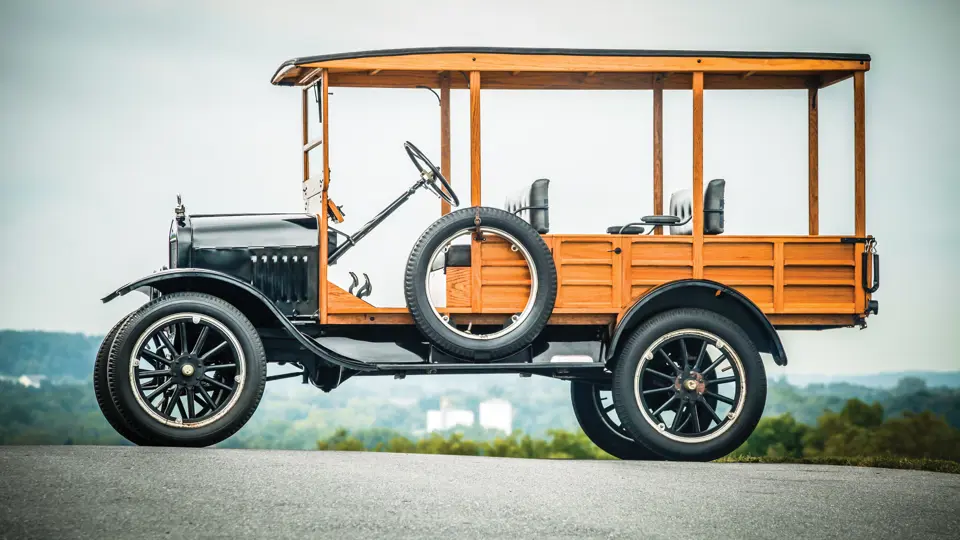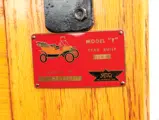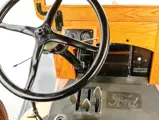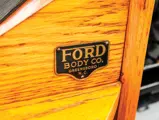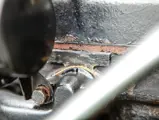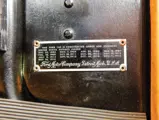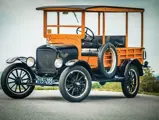22 hp, 176 cu. in. side-valve L-head inline four-cylinder engine, two-speed planetary transmission, front and rear solid axles with transverse leaf springs, and hand-operated rear-wheel mechanical brakes. Wheelbase: 100 in.
The names “station wagon” and “depot hack” did not come into existence by coincidence. In the early days of the automobile, the only way to get from city to city was by train. A road network had yet to be developed, and automobiles were not feasible for long-distance travel. There were no airlines, and few planes existed. Quite simply, people took the train, and once they arrived at their destination, there were no rental cars. Taxi cabs were not only expensive, but they did not exist anywhere but in the largest cities. That left the average American with two alternatives: walk or take the street car . . . if there was one.
Enter the station wagon. These were typically vehicles sent by hotels to pick up visitors and their baggage to bring them back to the hotel. They were wagons sent to the station or hacks sent to the depot, thus “station wagon” or “depot hack.” This quickly gave rise to a new cottage industry, as wagon builders typically took truck or large-car chassis and added a simple wooden body with many seats and room for luggage.
Though Durant is given credit for introducing the first factory-built station wagon, Ford was the first to really capitalize on the practicality of building a wagon in house. Ford owned thousands of acres of forest in Michigan and already had a plant in Iron Mountain to build wooden parts for the Model T beginning in 1920. By 1929, when the Model A (which used very few wooden parts) was introduced, the factory had been converted to add a station wagon to the line of automobiles it built. In spite of its price of $695, Ford built 5,200 that first year.
This Depot Hack is an older restoration and is described as very presentable. The basis for this depot hack is the light chassis of a 1925 Ford Model T with its simple yet reliable mechanicals. The wooden body is of unknown origin, and the painted body shows wear commensurate with normal use. The interior is nice with no rips or tears on the black leather seating, and all wood has been treated and looks good. The canvas top is in very nice condition and the exterior is fitted with a single side-mount spare. The engine is noted as having been rebuilt and balanced in the 1970s with good hoses, clamps, and wiring that appears new. The chassis is clean and painted satin black, and it rides on blackwall tires on black spoked wheels.
Noted as a nice running and driving example, the car has remained on static display in the museum for quite some time, and it is advised that the buyer fully service the car before placing it in routine service.

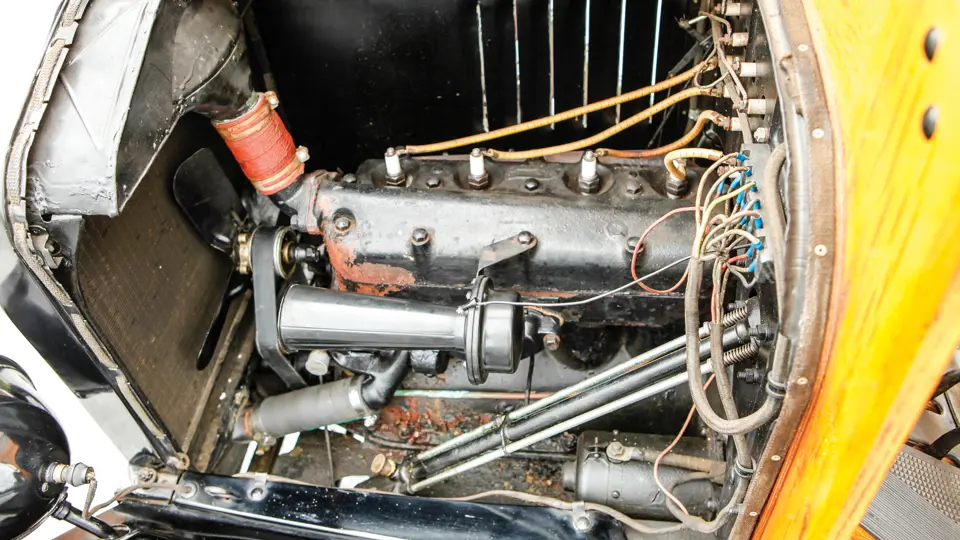
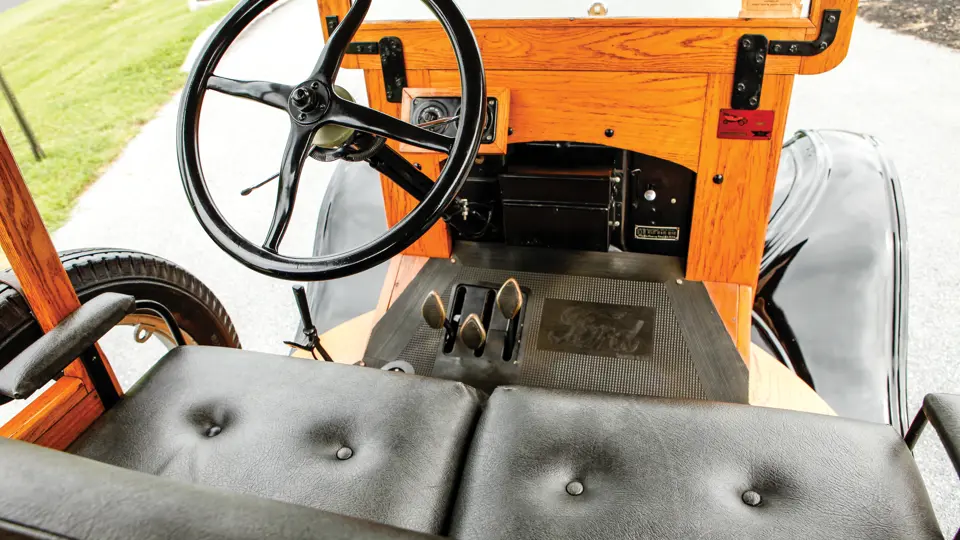


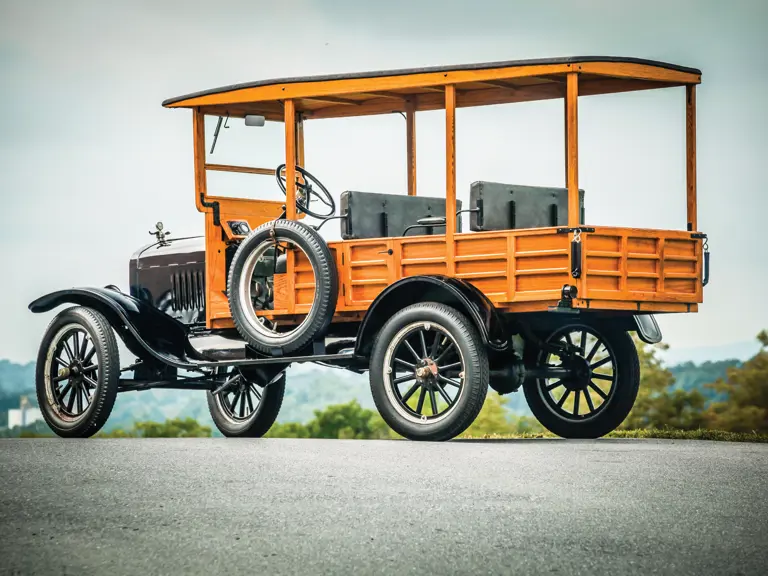
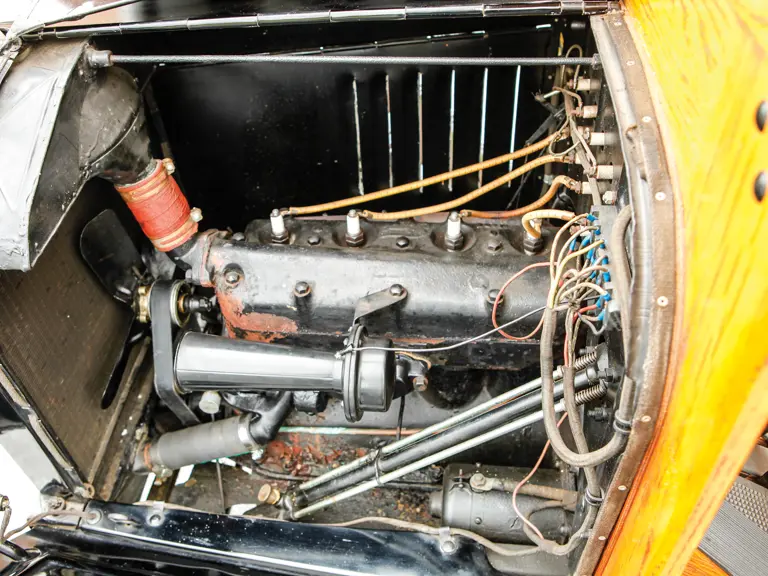
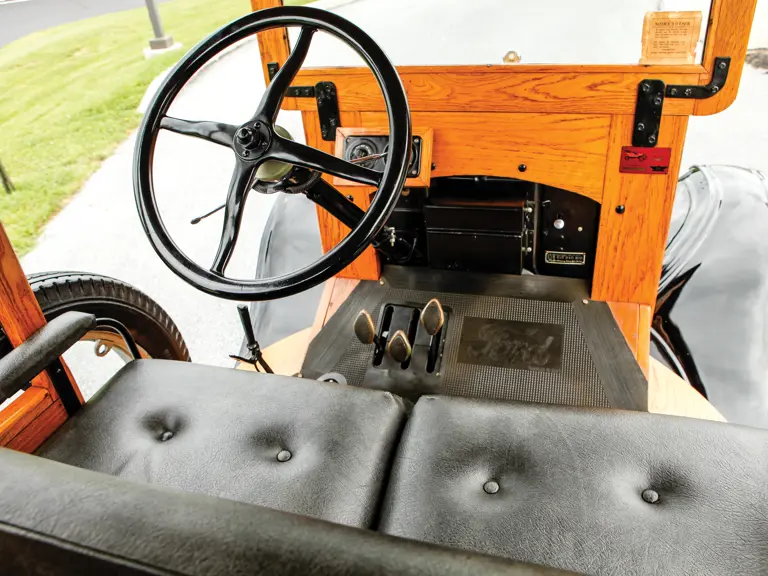

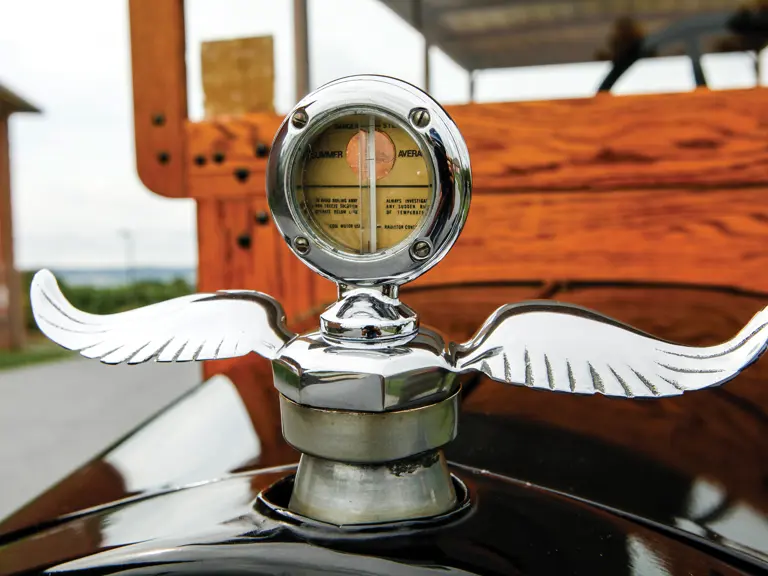
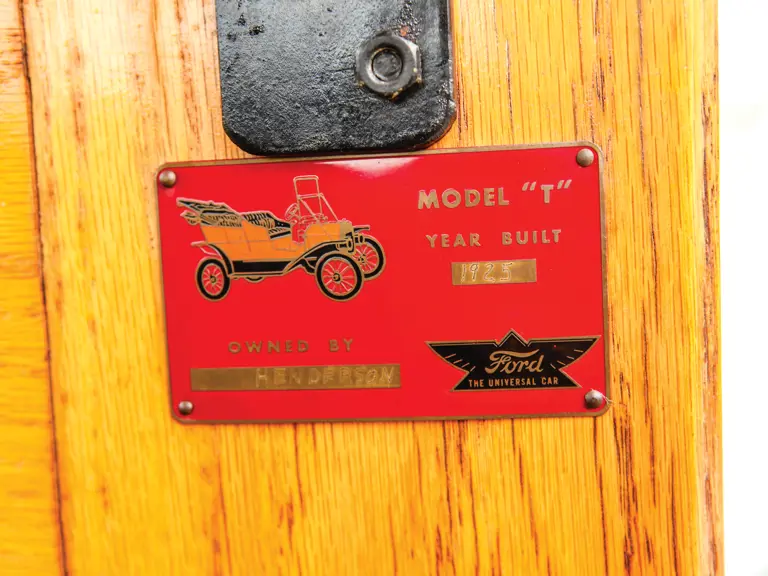

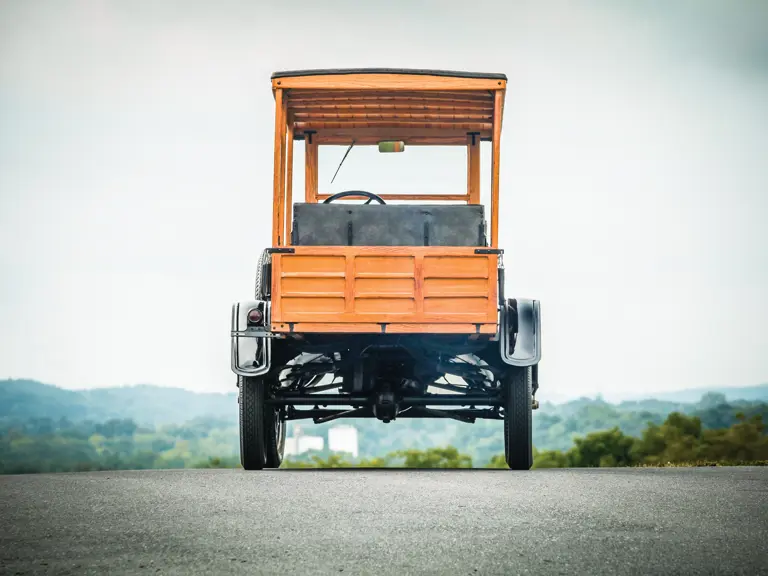


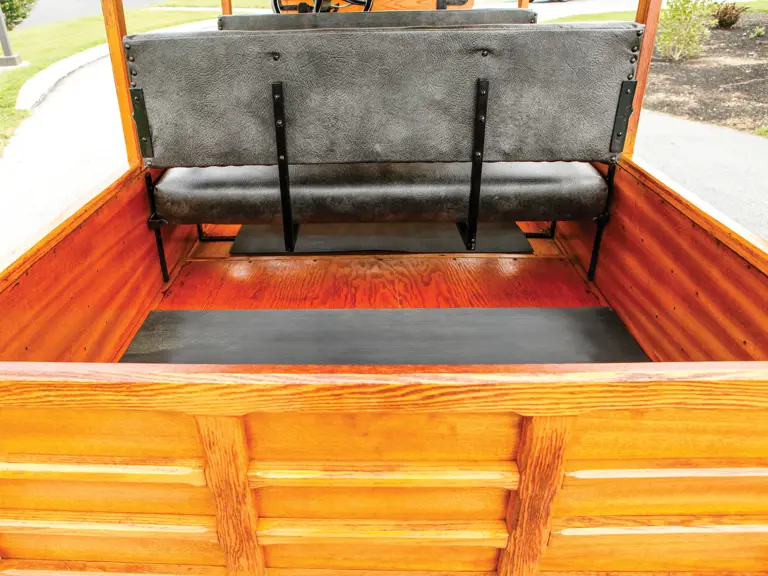
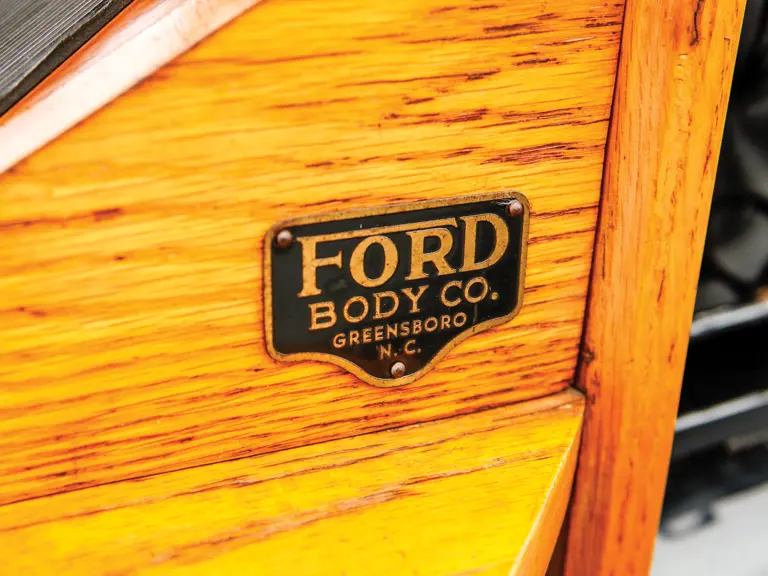

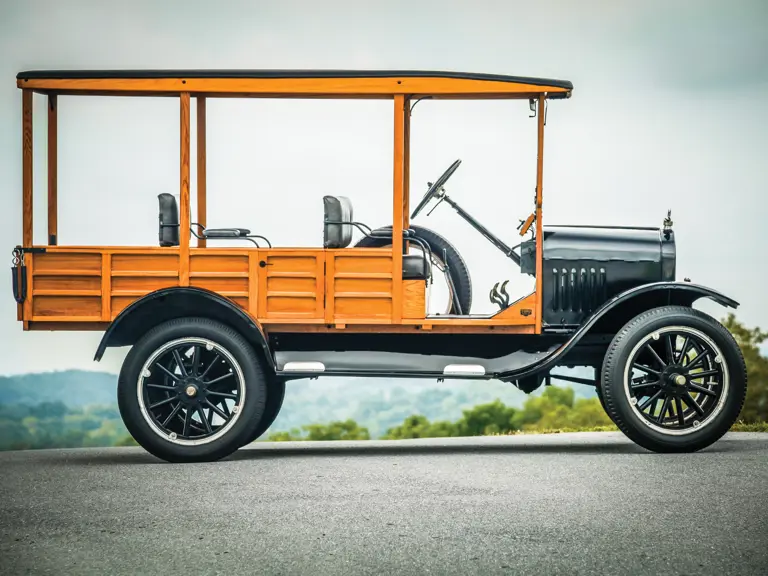
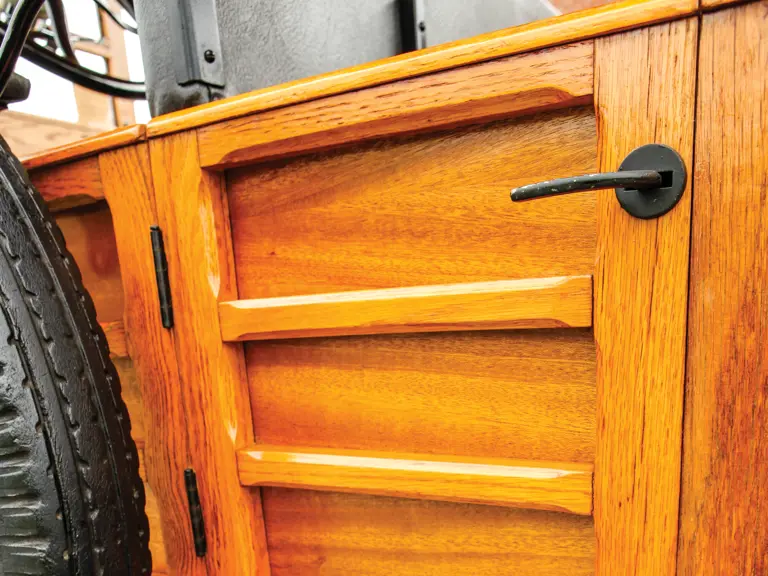
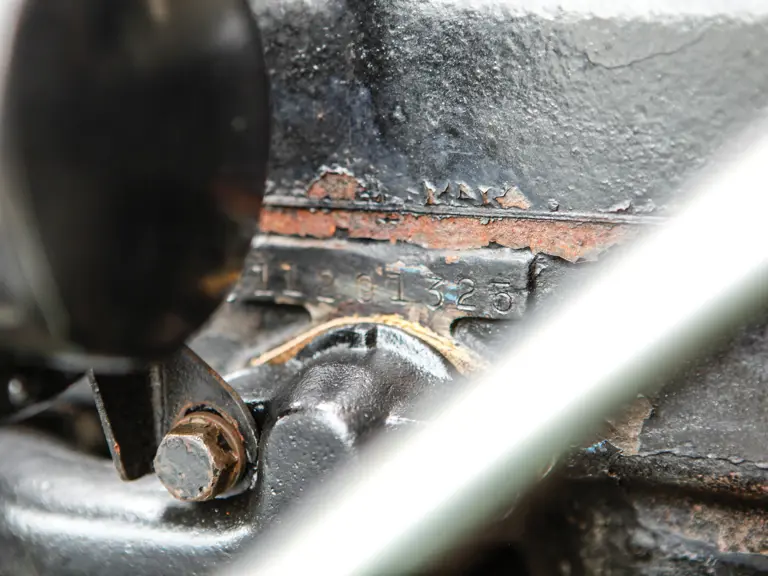

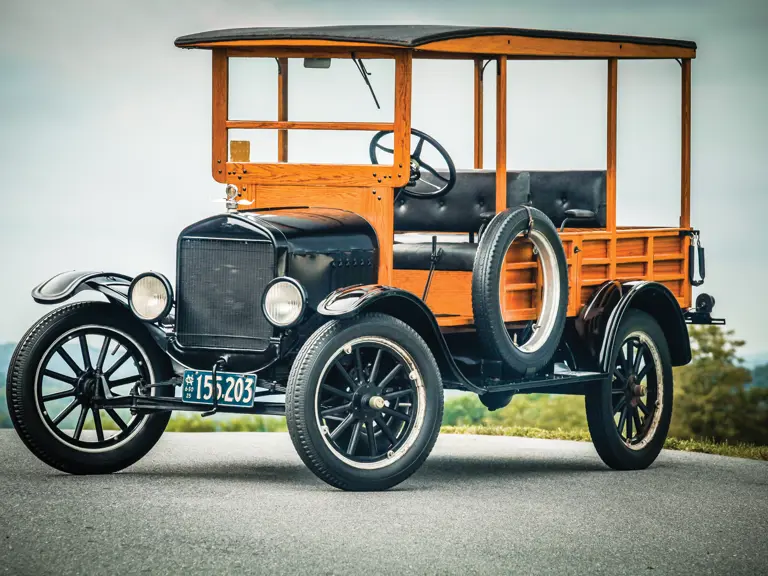
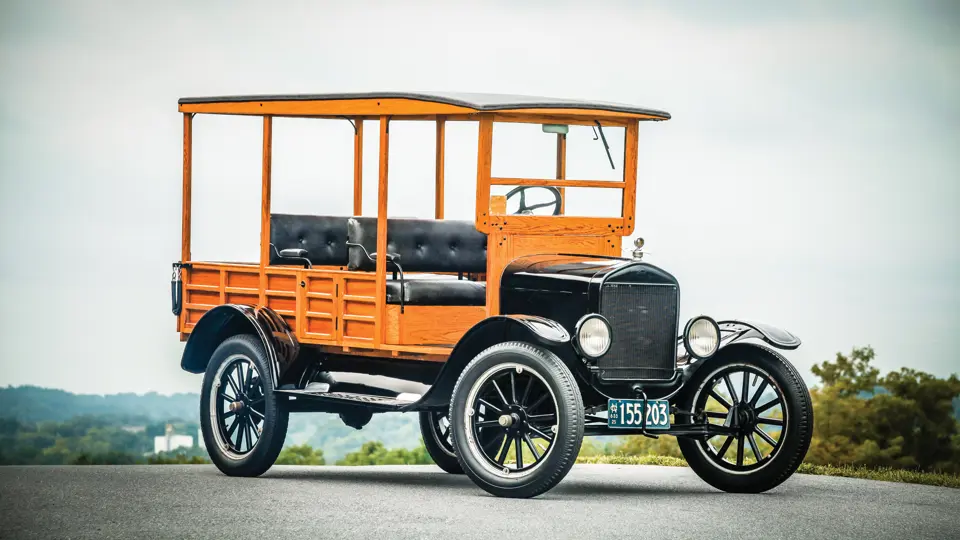
 | Hershey, Pennsylvania
| Hershey, Pennsylvania
